This article has been written by Vicki Ross
After months of studying and researching encaustic techniques, collecting the supplies, and setting up a workstation in my studio, I was ready to ease into some serious play! Being an analytic person by nature, I always work from information to play, rather than play and learn-as-you-go. I made my first batch of encaustic medium (beeswax + damar resin) and ended up with 20 or so mini-muffin shaped cakes of medium. Won’t do that again in a mini-crock pot because it had three legs and was full- wax all over my counter. Miss Brain did everything right, down to micro-managing the measurements, but forgot a piece of newspaper on top of the counter. DUH! Did a few small 7″x7″ experimental pieces on watercolor paper mounted on foam core (materials on hand). A few got scraped off, and the used medium saved into a ball for later use…too precious to waste.
Now I felt like something larger…
Materials:
- 12″x 9″ Luan panel
- R&F encaustic gesso
- Deli Paper (thank you mixed media artists)
- soft pastels
- gold leaf
- encaustic medium
- Razor Blade
- Ranger Tacking Iron
- Heat Gun
Prime the panel with two coats of clear medium, fusing each with heat gun. To get the surface as smooth as possible, alternate a Ranger tacking iron, scraping with a razor blade, and fusing with the heat gun. Next, I laid on a layer of tinted medium (melted with scrapings from the early pieces. To achieve an aged look, I placed the panel on the heated surface of the griddle until the wax was moving.
In photoshop, I planned the position of my portrait (reversed), and made the same composition lines onto a piece of deli paper. With soft pastels, I painted the portrait on the paper, continuously checking my drawing.
Gently heating the prepared panel with the heat gun, align and place the deli paper pastel side down, and burnish it carefully and thoroughly.
Carefully remove the deli paper from the panel. If any non-burnished areas show, lay paper back over that spot and re-burnish. If the paper tears, begin peeling it from another direction.
As with the first panel, gently warm the surface with the heat gun. Carefully position the deli paper with the ghost image pastel side up this time, creating a mirror image. With the heat gun again, warm the paper. The underlying layers of encaustic medium will encapsulate the paper, rendering it almost invisible. Carve a circular halo, add more touches of gold leaf, and voilå! Katherine and Katherine Reflected.
~*~*~*~*~*~*~*~*~*~*~*~*~*~*~*~*~*~*~*~*~*~*~*~*~
Vicki Ross is focused on sharing her journey to art and how life events can shape us through creativity www.Axully.com. Vicki has always been involved deeply in the creative arts, from professional soft crafts publications (knitting/crochet/needlework) to French Hand-sewing, stenciling to macramé, oil painting to encaustics. Whatever your leaning, she believes in the healing power of creating.
You can see more of Vicki’s work at VickiRossArt or via blog posts at Axully – Solid. Useful. Beautiful
~*~*~*~*~*~*~*~*~*~*~*~*~*~*~*~*~*~*~*~*~*~*~*~*~
.
.
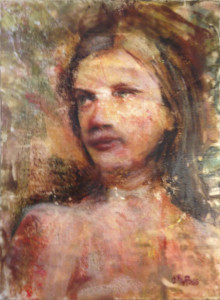
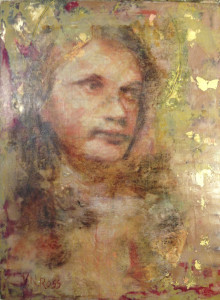
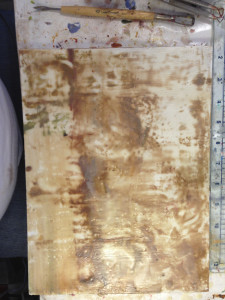
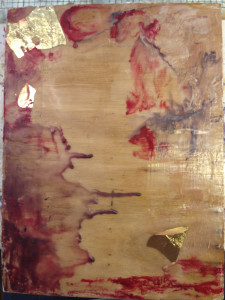
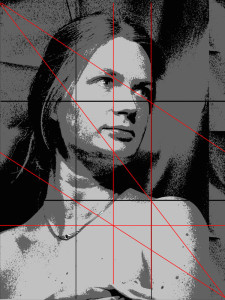
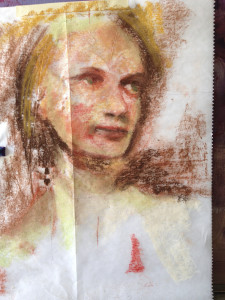
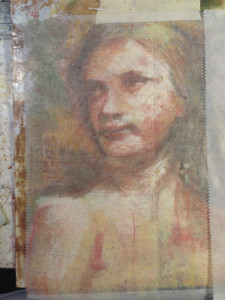
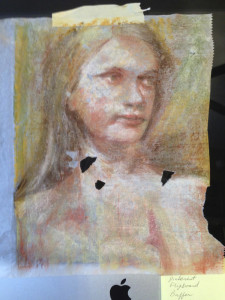
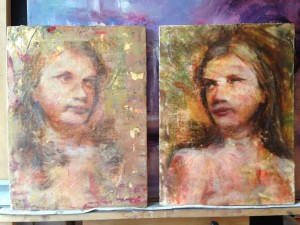

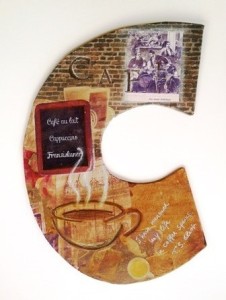
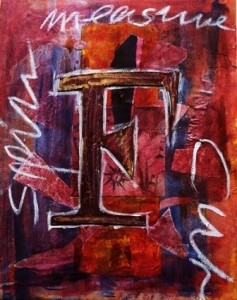
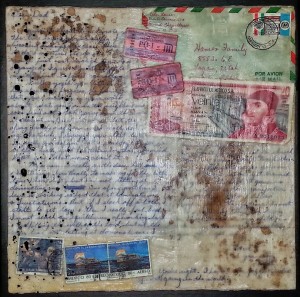
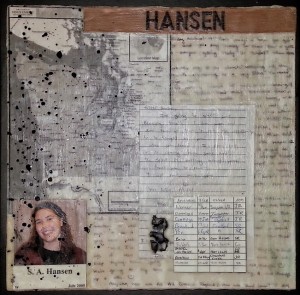
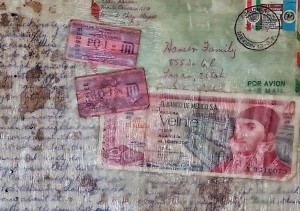
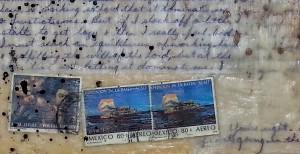
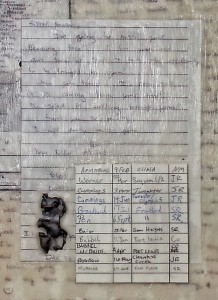
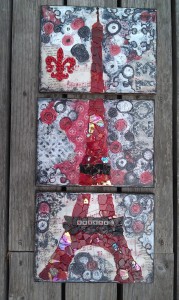
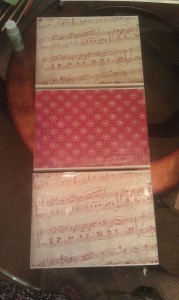
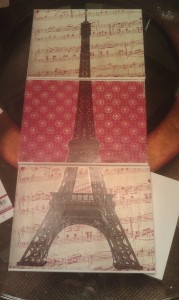
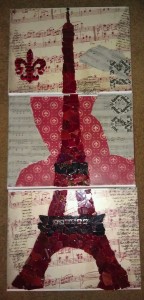
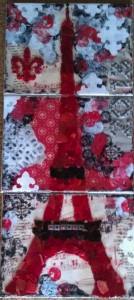

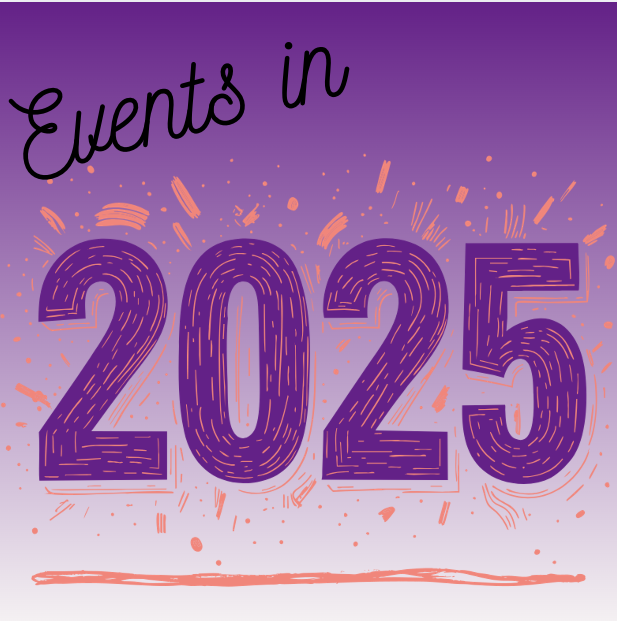

Recent Comments